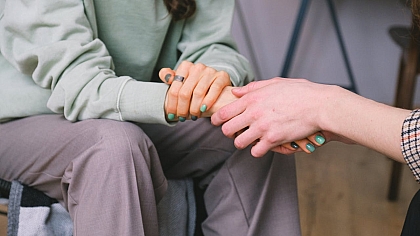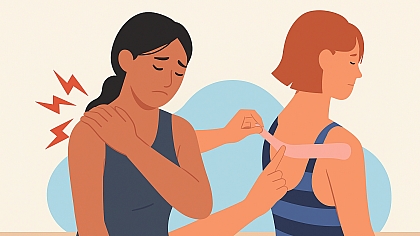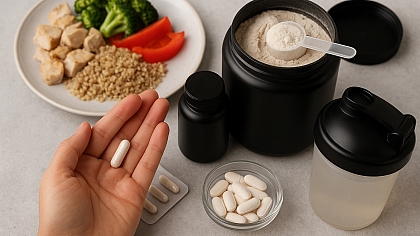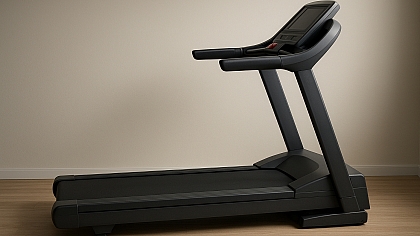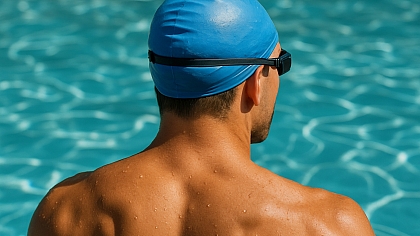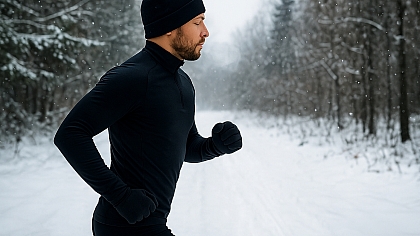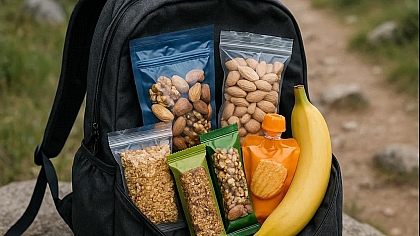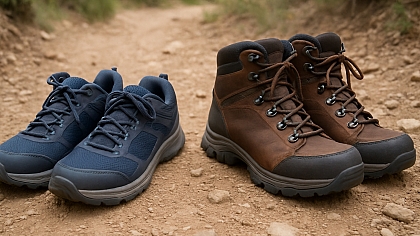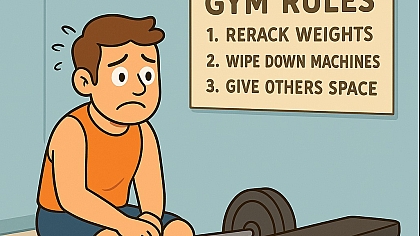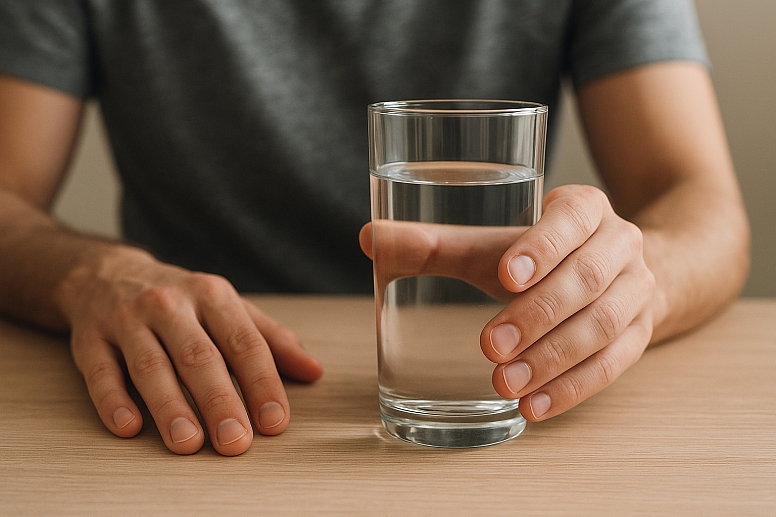
Hydration Myths: How Much Water Do You Really Need?
The Truth Behind the "8 Glasses a Day" Rule
You have heard it your whole life: drink eight glasses of water a day. This well-meaning advice is everywhere, but it is not based on scientific fact. The truth about hydration is more nuanced and personal. Your body has a sophisticated system for telling you what it needs. Understanding how to listen to it is the key to staying properly hydrated without following arbitrary rules.
Where the "8x8" Myth Comes From
The origin of the eight-glass rule is unclear. One theory points to a 1945 recommendation that stated a suitable water intake was around 2.5 liters per day (which is close to eight glasses), but notably added that most of this water is already contained in prepared foods. That second part is always left out. The rule is simple and memorable, but it ignores a crucial fact: hydration comes from many sources, not just plain water.
How Your Body Really Gets Fluid
Focusing solely on glasses of water misses the bigger picture of total fluid intake.
- Other Beverages: Coffee, tea, milk, and juice all contribute to your daily fluid total. The idea that coffee dehydrates you is a myth. While caffeine is a mild diuretic, the water in the coffee more than compensates for its effect.
- Food: Many foods have a high water content. Fruits like watermelon, strawberries, and oranges are over 90% water. Vegetables like cucumbers, celery, and lettuce are also mostly water. Soups, yogurt, and even oatmeal contribute significantly to your hydration.
So, How Much Do You Really Need?
Your fluid needs are not a fixed number. They depend on a variety of personal and environmental factors. The National Academies of Sciences, Engineering, and Medicine suggests an adequate daily fluid intake is:
- About 15.5 cups (3.7 liters) for men
- About 11.5 cups (2.7 liters) for women
This is for total fluid intake from all beverages and foods. The common advice to drink eight 8-ounce glasses would equal 1.9 liters—significantly less than these total recommendations, proving that we get plenty of fluid from other sources.
What Changes Your Water Needs?
Your perfect water intake depends on you and your day.
- Activity Level: The more you sweat, the more you need to drink. An hour of intense exercise can require an extra liter of fluid or more.
- Environment: Hot, humid weather makes you sweat more, increasing your needs. High altitudes can also lead to increased fluid loss.
- Health: A fever, vomiting, or diarrhoea causes your body to lose fluids. You need to drink more to recover.
- Pregnancy or Breastfeeding: Women who are pregnant or breastfeeding need additional fluids to stay hydrated.
Listen to Your Body: The Best Hydration Guide
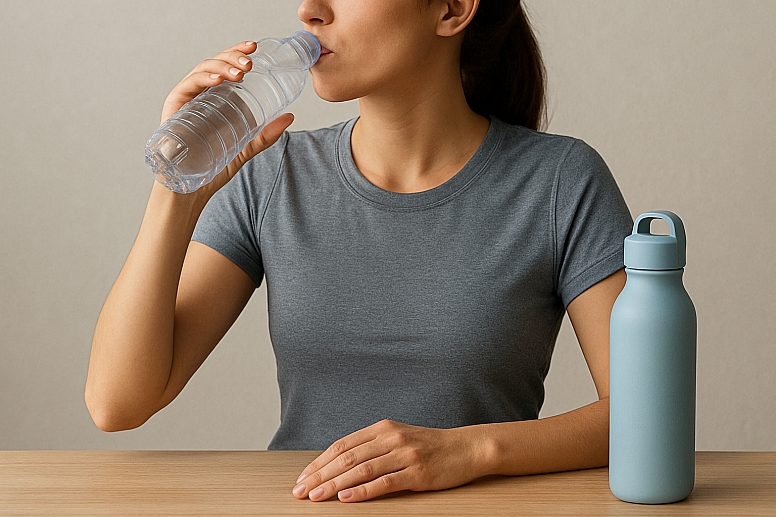
Your body provides clear, real-time signals that are more reliable than any generic rule.
- Thirst: Thirst is your body's natural alert system. By the time you feel thirsty, you are already slightly dehydrated. Use it as a reminder to drink, not a sign of a critical emergency.
- Urine Color: This is one of the simplest and most effective ways to check your hydration status.
- Light Yellow or Straw-Colored: This indicates you are well-hydrated.
- Dark Yellow or Amber: This is a sign to drink more fluids.
- Note: Some vitamins and medications can change urine color.
Debunking Common Hydration Myths
-
Myth: If you're thirsty, you're already dehydrated.
- Truth: Thirst is an early warning signal, like a fuel light in your car. It means it's time to "refuel," not that the tank is completely empty. It's a prompt to drink, not a sign of failure.
-
Myth: Everyone needs to carry a water bottle and sip constantly all day.
- Truth: While convenient, constant sipping is unnecessary for most people. Drinking with meals and when you feel thirsty is generally sufficient for daily needs.
-
Myth: You can't drink too much water.
- Truth: You can. Although rare, overhydrating, especially in a short time, can lead to a dangerous condition called hyponatremia, where sodium levels in your blood become dangerously diluted.
A Simple Approach to Smart Hydration
- Let thirst be your main guide. Drink when you feel thirsty.
- Check your urine. Aim for a light yellow color.
- Drink more when you sweat. Before, during, and after exercise, increase your fluid intake. Water is usually perfect for workouts under an hour.
- Include water-rich foods in your diet, like fruits and vegetables.
- Don't stress about the number of glasses. Focus on your body's signals instead.
Ditch the One-Size-Fits-All Rule
Hydration is not about hitting a magic number. It is about paying attention to your body’s unique and changing needs. The goal is to feel good and function well, not to obsessively count ounces.
Your body is telling you what it needs. The trick is learning how to listen.
Frequently Asked Questions
Do I need sports drinks when I work out? For most workouts lasting less than 60-90 minutes, water is all you need. For longer, more intense sessions, sports drinks can help replace electrolytes lost through sweat.
What are the signs of serious dehydration? Signs include extreme thirst, very dark urine, dizziness, confusion, and infrequent urination. This requires immediate medical attention.
Is it possible to be dehydrated without feeling thirsty? Yes, in some cases, especially for older adults. This is why checking urine color is a useful second check.
Does drinking water help with weight loss? It can. Drinking water before meals can promote a feeling of fullness, potentially leading you to eat fewer calories. It also helps your body metabolize stored fat.
